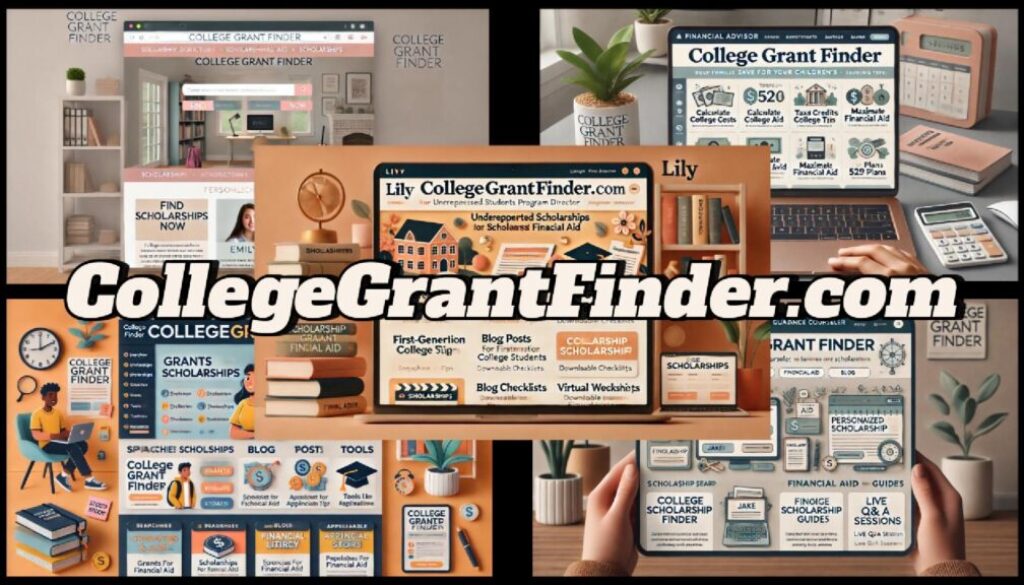Building Emily’s College Grant Blog for Maximum Impact
- Choosing the Right Domain and Hosting
The first step in building Emily’s blog is securing the domain name, collegegrantfinder.com, which perfectly aligns with her mission. This domain communicates trust and clarity, instantly telling visitors what the site is about. For hosting, I’d recommend a reliable and scalable option, such as Bluehost or SiteGround, which offer excellent customer service and uptime. Since Emily will likely have growing traffic, starting with a hosting plan that supports increased bandwidth and provides security measures is crucial for long-term success.
- Designing an Intuitive and Professional Website
The design will play a crucial role in making the blog accessible to families seeking financial aid advice. I’d focus on creating a clean, professional look that’s easy to navigate. The layout will prioritize user experience, ensuring visitors can easily find information on grants, scholarships, and application tips. A minimalist design with prominent calls to action, like “Get Started” or “Explore Grants,” will guide users to valuable content.
We’ll use a color palette that conveys trust, such as blues and greens, and design elements that project professionalism, such as structured grids and easy-to-read typography. I’d also incorporate visual aids like infographics to simplify complex financial aid information, making it more digestible for users.
- Organizing Content Strategically
Content is the heart of Emily’s blog, and it must be organized in a way that empowers families to quickly find relevant information. I’d structure the blog into clear categories, such as “Grants 101,” “Scholarship Search Tips,” “Application Strategies,” and “Financial Literacy.” This approach ensures visitors can dive straight into the topics that matter to them.
Each post should have internal links to related articles, improving navigation and keeping visitors engaged longer. I’d also suggest a search function that allows users to quickly find the grants or scholarships most relevant to their needs. Adding an FAQ section would be a smart move to address common concerns from families seeking financial aid.
- Incorporating SEO for Organic Traffic
To ensure Emily’s blog ranks well on Google, I’d prioritize SEO from the start. This includes targeting keywords like “college grants,” “scholarship tips,” and “financial aid strategies.” By writing comprehensive, keyword-optimized content, we can help families find her blog when searching for solutions online.
We’ll also focus on optimizing the site for speed and mobile usability—two factors Google considers when ranking sites. I’d add meta tags, alt text for images, and regularly updated content to keep the blog fresh and relevant. Over time, these efforts will drive organic traffic, establishing Emily’s blog as a go-to resource for financial aid advice.
- Monetizing the Blog Smartly
Once the blog gains traction, there are several ways Emily can monetize her content. I’d suggest incorporating Google AdSense to display relevant ads for grants, scholarships, and education-related services. Additionally, she could partner with financial aid tools or services, offering affiliate links that provide helpful tools while generating passive income.
By building a mailing list, Emily can offer exclusive content or personalized financial aid consultations, which could become an additional revenue stream while enhancing user engagement. This approach not only makes her blog profitable but also deepens the connection with her audience.
Conclusion
Building collegegrantfinder.com will require careful planning, from selecting the right design to optimizing for search engines. By focusing on user experience, SEO, and monetization strategies, Emily can create a platform that helps families while also achieving her blogging goals.
Maximizing Ad Revenue for Emily’s Blog with Google AdSense
